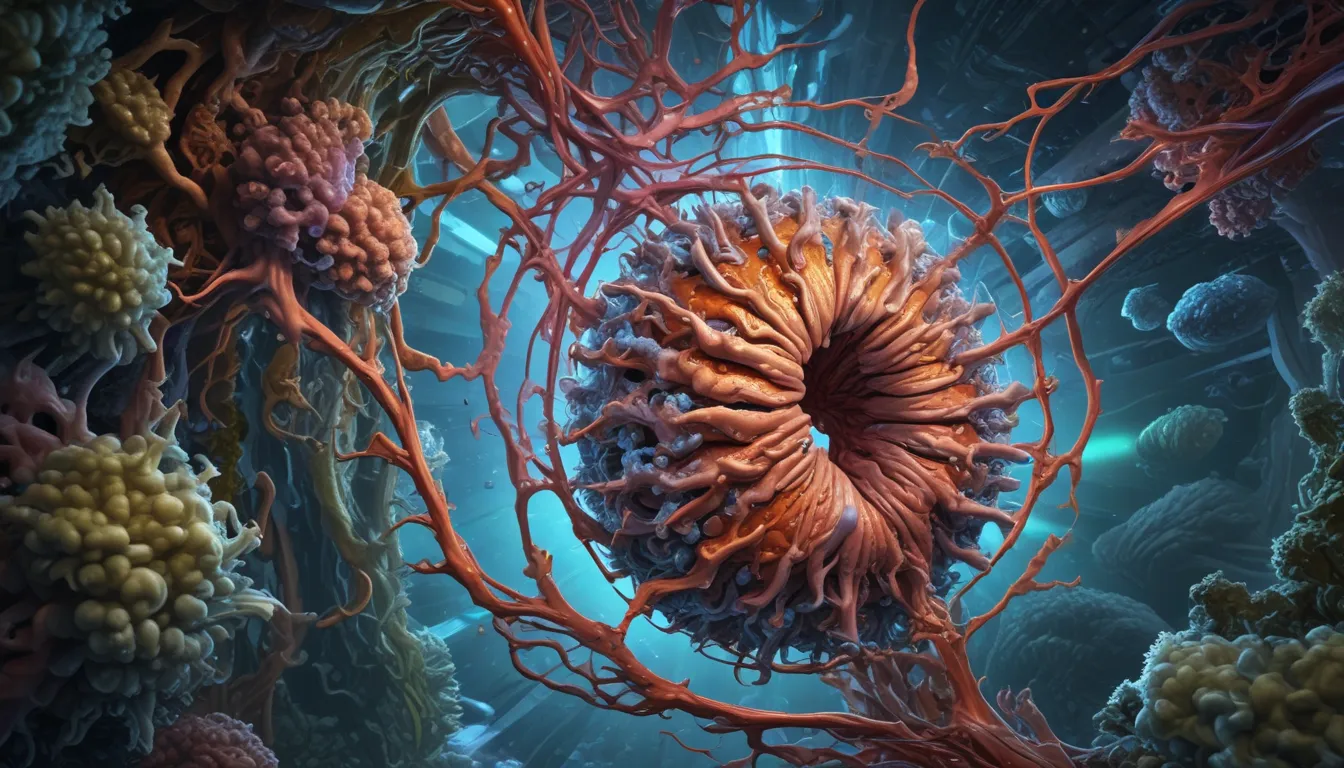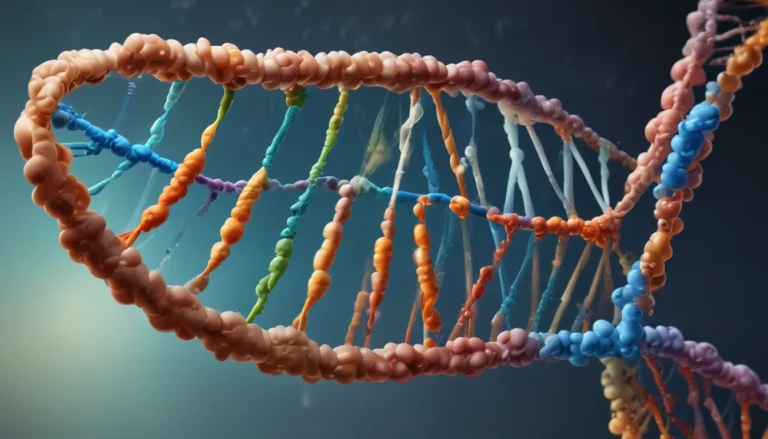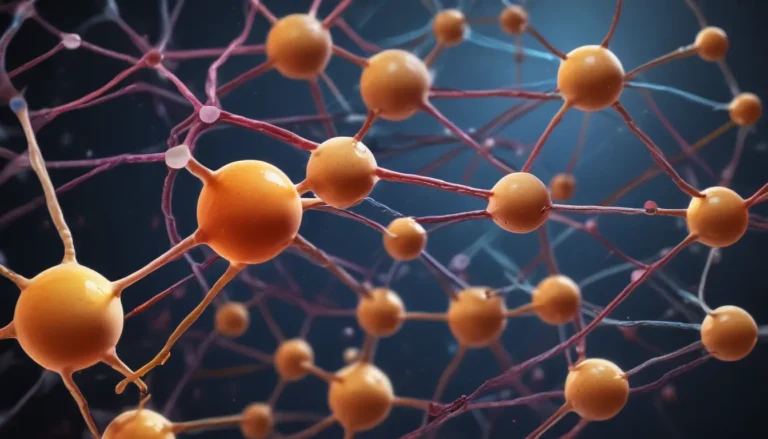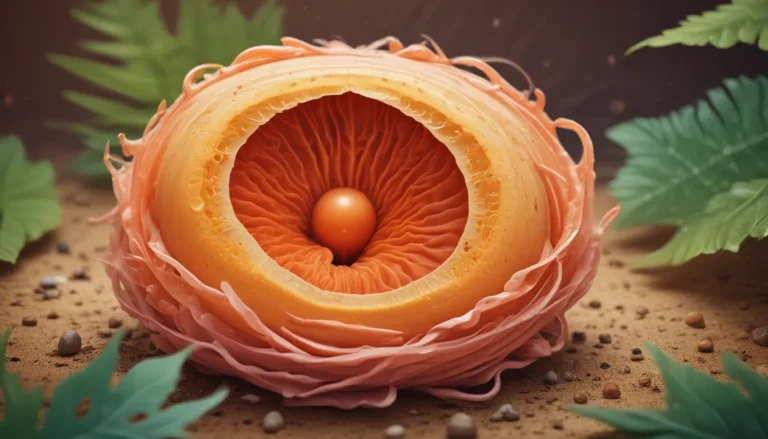A Note About Images: The images used in our articles are for illustration purposes only and may not exactly match the content. They are meant to engage readers, but the text should be relied upon for accurate information.
In the intricate realm of cellular biology, protein transport vesicles stand out as fascinating components that play a vital role in maintaining cellular function. These tiny membrane-bound structures act as the cell’s mail carriers, shuttling proteins and other essential molecules from one part of the cell to another. What sets protein transport vesicles apart is not just their function, but the incredible mechanisms and processes involved in their formation, targeting, and fusion.
Let’s embark on a journey to explore 15 unbelievable facts about protein transport vesicles that will not only amaze you but also deepen your understanding of cellular biology. From their diverse sizes and shapes to the intricate machinery involved in their biogenesis, these facts highlight the complexity and efficiency of vesicular transport systems within cells. So, let’s dive in and uncover the astonishing world of protein transport vesicles!
Cellular Mail Carriers: The Superheroes of the Cell
- Protein transport vesicles act like cellular mail carriers, delivering proteins to different parts of the cell, ensuring everything is in the right place at the right time.
- These tiny sacs are like the cell’s superheroes, helping with waste removal, immune responses, and even drug transport, crucial for maintaining cellular health and function.
The Postal Service of Cells: Formation of Protein Transport Vesicles
- Protein transport vesicles are created through a process called budding, where they bud off from one membrane compartment and fuse with another, facilitating the movement of proteins between them.
Diversity in Transportation: Different Types of Protein Transport Vesicles
- Endosomes, secretory vesicles, and lysosomes are examples of different types of protein transport vesicles, each specialized for transporting specific types of proteins.
Precision Delivery: Ensuring Proper Localization of Proteins
- Protein transport vesicles help direct proteins to their correct cellular destinations, ensuring they end up in the right place at the right time.
Molecular Recognition: Identifying Cargo
- Protein transport vesicles have specific receptors on their surface that allow them to recognize and bind to the proteins they are meant to transport.
Hormone Delivery Service: Involvement in Hormone Secretion
- Protein transport vesicles are responsible for packaging and transporting hormones from endocrine glands to their target tissues throughout the body.
Keeping Cells Clean: Waste Removal
- Lysosomes, a type of protein transport vesicle, contain enzymes that break down waste materials and cellular debris, helping to keep the cell clean and functioning optimally.
Dynamic Transformers: Adaptability of Protein Transport Vesicles
- They can change shape and composition based on the cell’s needs, allowing for efficient and precise protein transport.
Cellular Communication Hub: Essential for Signaling
- Protein transport vesicles play a crucial role in cell signaling by transporting receptors and signaling molecules to the cell surface.
Guardians of Health: Contribution to Immune Response
- They help transport immune-related proteins, such as antibodies, to sites of infection or inflammation, aiding in the immune response.
Neuronal Traffic Controllers: Support for Neuronal Functions
- In neurons, protein transport vesicles are involved in the transport and release of neurotransmitters, enabling communication between brain cells.
Architects of Development: Role in Embryonic Development
- Protein transport vesicles are crucial for the development of an embryo, ensuring the proper distribution of proteins required for growth and differentiation.
Gateways for Intruders: Vulnerability to Pathogens
- Some viral and bacterial pathogens exploit protein transport vesicles to gain entry into cells and propagate infections.
Drug Delivery System: Involvement in Drug Transport
- Certain drug molecules are transported within protein transport vesicles, allowing them to reach their intended targets within the cell.
Disease Connection: Disruption and Diseases
- Disruption of protein transport vesicles can lead to various diseases, including neurodegenerative disorders and metabolic disorders.
The 15 Unbelievable Facts About Protein Transport Vesicles shed light on the crucial role these cellular components play in maintaining cellular homeostasis and facilitating various physiological processes. Understanding the intricacies of protein transport vesicles opens new avenues for research and may lead to novel therapeutic interventions in the future.
Conclusion: Navigating the Intricate Pathways of Protein Transport Vesicles
Protein transport vesicles play a crucial role in transporting proteins within cells, ensuring proper cellular function. Through the exploration of 15 unbelievable facts about protein transport vesicles, we have delved into their formation, cargo, fusion processes, regulation, and vital functions in cellular communication and health.
FAQs: Unveiling the Mysteries of Protein Transport Vesicles
-
What is a protein transport vesicle?
A protein transport vesicle is a small, membrane-bound structure that transports proteins within cells to their intended destinations. -
How are protein transport vesicles formed?
Protein transport vesicles are formed by the Golgi apparatus through budding processes, facilitating the transportation of various cargo. -
What cargo can protein transport vesicles carry?
Protein transport vesicles can carry a variety of cargo, including enzymes, hormones, neurotransmitters, and other essential proteins required for cellular functions. -
How do protein transport vesicles release their cargo?
Protein transport vesicles undergo fusion with other membrane-bound compartments to release their cargo into the target organelle or cell membrane. -
Are protein transport vesicles regulated?
Yes, protein transport vesicles are highly regulated and can be labeled with specific molecular markers to ensure precise delivery to the correct target organelles or cell membranes.
Embark on a journey into the captivating world of cell biology by exploring the wonders of protein transport vesicles and their vital role in cellular function. Stay tuned for more fascinating insights into the intricate mechanisms that underlie the functioning of our cells, unlocking the mysteries of life at a cellular level. It’s a journey worth taking, filled with awe-inspiring discoveries and a deeper appreciation for the remarkable world inside our cells.
Was this page helpful?
Our dedication to delivering accurate and engaging content is reflected in each fact shared on our site, contributed by users like you. Our commitment to quality and authenticity is upheld by our editors, who rigorously review each submission. Trust in our pursuit of excellence as you embark on an enriching journey of discovery and learning with us.






